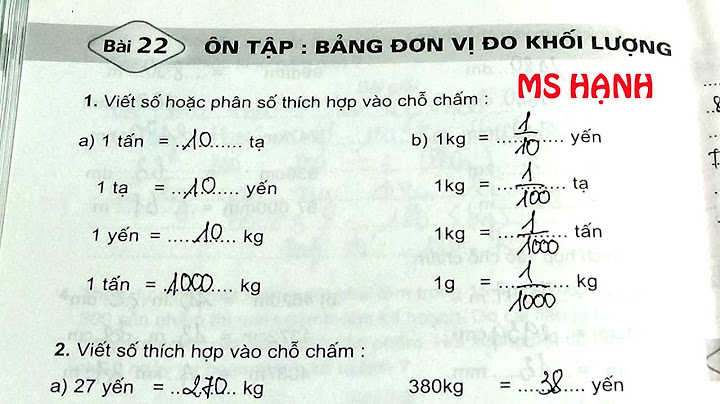(Image credit: Javier Rodriguez-Rodriguez / Carlos III University of Madrid, SPAIN Almudena Casado-Chacon / Carlos III University of Madrid, SPAIN Daniel Fuster / CNRS (UMR 7190), Université Pierre et Marie Curie, Institut Jean le Rond d'Alembert, FRANCE) Show Tapping on the top of a newly opened beer bottle can create a foamy eruption of booze — and get you disinvited from future house parties. Now, physicists have explained this beer bottle phenomenon, and it all comes down to bubbles. Here's how it works: A sudden, vertical force against the top of the beer bottle creates a compression wave through the glass, much like the sort of wave you get when you knock one end of a stretched-out Slinky toy. When the compression wave hits the bottom of the bottle, the wave transmits its force back up through the liquid as an expansion wave. While compression waves compress the beer as they travel through, causing pressure, temperature and density to increase, expansion waves do the opposite, decreasing pressure, temperature and density in the liquid. [Raise Your Glass: 10 Intoxicating Beer Facts] Now, once the expansion wave hits the surface of the beer, located up by the top of the bottle, it bounces back as a compression wave again. The result is a "train" of expansion and compression waves, all bouncing back and forth between the bottom and top of the bottle, fluid mechanics researcher Javier Rodriguez-Rodriguez of Carlos III University of Madrid in Spain reported on Sunday at the annual meeting of the American Physical Society's fluid dynamics division in Pittsburgh. This train of waves causes a big mess. In response to the compression and expansion forces pushing and pulling it every which way, the beer undergoes cavitation, or forms bubbles. Cavitation occurs in response to rapid pressure changes in a liquid, and is important in the engineering of ship propellers. Since these propellers cause cavitation as they spin, the formation and collapse of the bubbles puts chronic stress on the metal. Cavitation also explains another party trick, in which the bottom of a bottle can be made to explode by hitting the top. In the case of beer, cavitation creates large bubbles, which rapidly collapse. The collapse of these "mother" bubbles creates multiple, smaller "daughter" bubbles. These daughter bubbles are the reason the frat-boy prank of tapping on a bottle ends in disaster. The small, carbonated bubbles expand rapidly and gain buoyancy, acting as a life raft for the surrounding liquid. The result is foam, and lots of it. "Buoyancy leads to the formation of plumes full of bubbles, whose shape resembles very much the mushrooms seen after powerful explosions," Rodriguez-Rodriguez said in a statement. "And here is what really makes the formation of foam so explosive: The larger the bubbles get, the faster they rise, and the other way around." Explaining this phenomenon may make you the life of your next party, but Rodriguez-Rodriguez and his colleagues studied beer in order to understand bigger-picture gaseous eruptions. One example is the Lake Nyos disaster in Cameroon. Volcanic activity under this lake dissolves carbon dioxide in the water. In 1986, the lake rapidly degassed a large amount of carbon dioxide all at once, suffocating 1,700 people and thousands more livestock. This rapid degassing event, possibly caused by a landslide, could share similar physics with an erupting beer bottle. Follow Stephanie Pappas on Twitter and Google+. Follow us @livescience, & Google+. Original article on LiveScience. Get the world’s most fascinating discoveries delivered straight to your inbox. Stephanie Pappas is a contributing writer for Live Science, covering topics ranging from geoscience to archaeology to the human brain and behavior. She was previously a senior writer for Live Science but is now a freelancer based in Denver, Colorado, and regularly contributes to Scientific American and The Monitor, the monthly magazine of the American Psychological Association. Stephanie received a bachelor's degree in psychology from the University of South Carolina and a graduate certificate in science communication from the University of California, Santa Cruz. We’ve all had a friend who does it – you’re deep in conversation at a party, beer bottle in hand, when someone sneaks up and taps the top of your bottle with theirs, causing a foamy mess to erupt from your bottle. And to add insult to injury, their bottle doesn’t foam. Now, physicists in Spain and France have studied this curious effect and gained a better understanding of how it occurs. While their work won’t prevent wet shoes and slippery floors at university social gatherings, the researchers believe their work could provide insights into geological features such as oil reservoirs, mud volcanoes and “exploding lakes”. The soggy process begins when the bottle is struck from above, causing a compression wave to travel down the glass – according to Javier Rodríguez-Rodríguez and Almudena Casado-Chacón of Carlos III University of Madrid and Daniel Fuster of Université Pierre et Marie Curie, who did this latest research. When the wave reaches the bottom of the bottle, it pushes the base of the bottle downwards, causing a drop in pressure in the liquid near the bottom. This triggers a low-pressure “rarefaction wave” that travels upwards to the open surface of the liquid. As this wave passes through the liquid, the pressure drop allows carbon dioxide to come out of the solution and form relatively large “mother” bubbles. When the wave reaches the surface, it reflects back down the bottle as a high-pressure compression wave. When the compression wave encounters a mother bubble, the bubble implodes in a well-known process called cavitation. Rodríguez-Rodríguez and colleagues presented their results yesterday at the annual meeting of the American Physical Society Division of Fluid Dynamics in Pittsburgh, US. You can read an extended abstract here: “Why does a beer bottle foam up after a sudden impact on its mouth?“. Why does beer come out if you hit the top?Cavitation also explains another party trick, in which the bottom of a bottle can be made to explode by hitting the top. In the case of beer, cavitation creates large bubbles, which rapidly collapse. The collapse of these "mother" bubbles creates multiple, smaller "daughter" bubbles. Why does my beer overflow when I drink it?Too many carbon-dioxide molecules at the beer's neck can cause the bottle to bubble over when it's opened, much to breweries' chagrin. This spontaneous foam overflow, called gushing, is a different process than what produces a frothy foam head in a freshly poured glass. What does tapping the top of a beer do?Tapping the can, some proponents say, dislodges bubbles from the sides of the can, making them rise to the top where they won't expel beer when the can is opened. Why does a bottle break when you hit the top?Hitting the top of a beer bottle, nearly full of water, with an open hand can cause the bottle to break, with the bottom separating from upper section. We have studied this phenomenon using a high-speed camera, and observed the formation, coalescence and collapse of bubbles. |




















